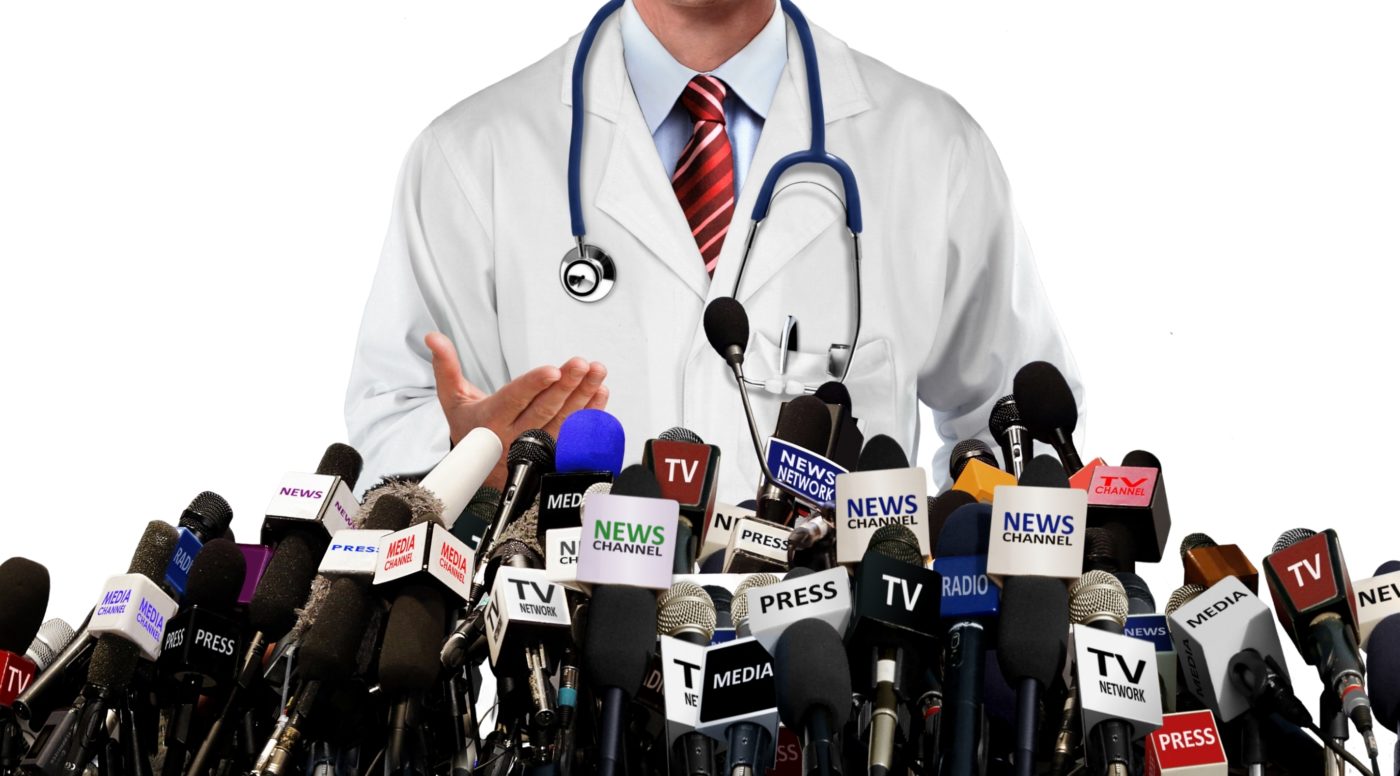
Emerging role of Healthcare PR
11 Oct 2022, By Deya Bhattacharya, Associate Consultant
It’s a well-known fact that good PR can shape not only public opinion, but public decisions.
This is especially true in the case of healthcare, where much of the population relies on
publicly available material to educate themselves. Given that doctors and clinics cannot
advertise themselves, unlike most consumer services, they must rely on healthcare PR to
spread the message for them and build an audience. This calls for responsible journalism,
even more so than in other sectors, given that there are – quite literally – human lives at
stake.
In the Internet age, most kinds of information are available online. While this is great for
educating the public, the flipside is the risk of fake medical information spread by alarmists,
self-healers or even alleged experts. PR agencies have always had to contend with fake
news, but in the wake of the Covid-19 pandemic, it became a true menace. An
overwhelming amount of misinformation was shared about the virus and how it infected
people, especially on platforms like WhatsApp and Twitter. This spread panic, fuelled hasty
decisions like grocery hoarding and even, in the case of false medical advice, caused
physical harm. While the pandemic is now safely behind us, the light it shed on the fake
news demon cannot be ignored. It must be exorcised, and it is PR’s responsibility to do so.
There is also the fact that the doctor-patient relationship has shifted dramatically. Gone are
the days when patients blindly listened to whatever the medical provider said – today’s
patients keep themselves informed and know how to ask questions. They frequently consult
sites like WebMD or Healthline, and often self-prescribe solutions and lifestyle changes that
they find online. Even when they visit doctors or hospitals, online presence factors into their
decision – patients are much likelier to visit a clinic with an up-to-date website and a regular
stream of content than a clinic with an inactive and outdated website. It is vital, therefore,
that doctors share information that is accurate and relevant and can guide intelligent self-
care decisions.
So how does one design a responsible healthcare PR campaign? First off, factual accuracy.
Any medical information should be backed by scientific proof, such as research papers or
statements issued by authorities such as WHO. If possible, have a medical professional
review the content before it’s sent out to the public. Tone matters too – an empathetic yet
authoritative tone establishes trust while also assuring patients that they are seen and heard.
There is another component to this that many brands miss out on – trust. In many ways,
healthcare PR bridges the gap between commercial interest and the public good through its
presentation of medical information in a digestible form. This is a golden opportunity for
healthcare brands to create a space where questions are welcome and expert help is there
for whoever needs it. It’s also vital to be fully informed on any HIPAA laws or other mandates
about the kind of information you are allowed to/required to disclose.
At StarSquared, we have extensive experience with healthcare PR and would be happy to
help you design a campaign with the greater good at its core. We’re patients too, and we
know what it’s like to want the right information about our health and not have easy access
to it. If that’s a problem you’re seeking to solve, reach out to us today.
